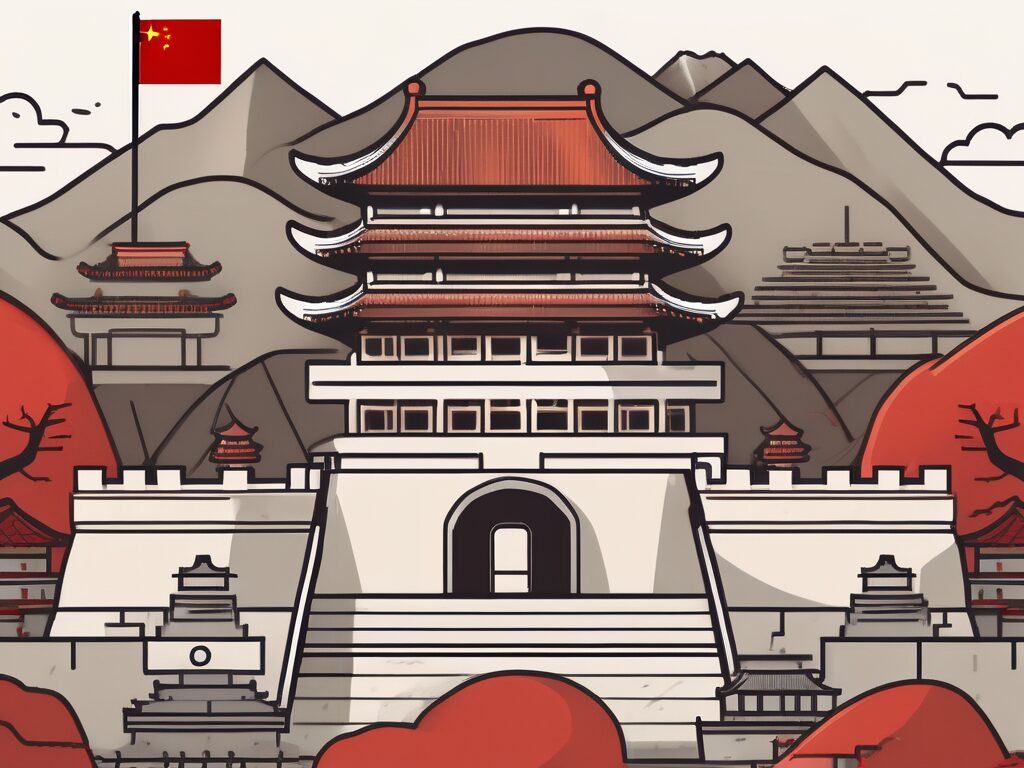Top 10 Government Policies Shaping China’s Education in 2025
The educational framework in China is a focal point of interest for both domestic and international stakeholders. The policies instituted by the Chinese government are instrumental in defining the educational landscape, influencing not only the quality of education but also the accessibility and relevance of academic programs. This guide provides an in-depth analysis of the pivotal government policies that are expected to shape education in China by 2025, offering insights for education consultants advising international teachers.
Historical Overview of Educational Policies
To fully appreciate the current educational policies, it is essential to consider the historical context. The Chinese government has historically prioritized education, with the Imperial examination system, established during the Han dynasty (206 BC–220 AD), serving as a testament to this commitment. This meritocratic approach laid the groundwork for the value placed on education within Chinese society.
However, the 20th century introduced significant disruptions, particularly during the Cultural Revolution (1966-1976), when educational institutions faced closures and the focus shifted from academic rigor to ideological indoctrination. The repercussions of this period continue to influence contemporary educational policies.
Key Educational Reforms
In the aftermath of the Cultural Revolution, the Chinese government initiated a series of reforms aimed at revitalizing the education system. Notable among these is the 1985 reform, which sought to modernize educational practices, emphasizing science, technology, and the cultivation of a skilled workforce.
In 2001, the introduction of the ‘New Curriculum Reform’ marked a significant shift towards fostering critical thinking and creativity, alongside a renewed emphasis on moral and physical education.
Nine-Year Compulsory Education Law
One of the cornerstone policies is the Nine-Year Compulsory Education Law, enacted in 1986. This legislation mandates that all children complete nine years of education, encompassing six years of primary education and three years of junior secondary education. This policy has been pivotal in addressing illiteracy among younger demographics.
Despite the challenges of implementing this law across China’s vast and diverse regions, the government has made commendable progress in ensuring access to basic education for all children.
The Gaokao Examination System
The National Higher Education Entrance Examination, commonly known as the Gaokao, is another critical policy influencing educational outcomes in China. This highly competitive examination determines university admissions and has been lauded for its meritocratic principles, while also facing criticism for the intense pressure it places on students.
Recent reforms have aimed to alleviate some of this pressure, such as allowing students to take the Gaokao in the cities where they attend high school, thereby benefiting migrant students.
Current Trends and Future Directions
As of 2020, the Chinese government allocated approximately 4% of its GDP to education, reflecting a commitment comparable to that of many developed nations. This investment underscores the importance of education in national development.
Vocational education has emerged as a key focus area, with initiatives aimed at developing a modern vocational education system aligned with economic needs. The “Double First-Class” initiative seeks to elevate Chinese universities and disciplines to world-class standards.
Internationalization of Education
The Chinese government is actively pursuing the internationalization of its education system. Policies have been established to attract foreign students to Chinese institutions while simultaneously encouraging Chinese students to study abroad and return to contribute to national development.
However, geopolitical tensions present challenges to these initiatives, necessitating a careful balance between international engagement and national interests.
Integration of Technology in Education
Technology integration is a significant focus of current educational policies. The government aims to enhance teaching and learning through the incorporation of technology, promoting online education and the use of artificial intelligence in classrooms.
Recognizing the potential drawbacks of technology, recent regulations have been introduced to oversee the online tutoring industry and limit screen time for children, ensuring a balanced approach to educational technology.
Conclusion
The role of government policies in shaping China’s education system cannot be overstated. From the Nine-Year Compulsory Education Law to the Gaokao examination, these policies have profoundly influenced the educational experiences of millions of students.
As China continues to evolve, the adaptability of government policies will be crucial in addressing the changing educational landscape. Education will undoubtedly remain a top priority for the Chinese government, presenting opportunities and challenges for international educators.
Enhancing Your Teaching Career with IPGCE
In an era where education is increasingly prioritized, the demand for qualified educators with a comprehensive understanding of global educational systems is on the rise. For educators seeking to navigate stringent qualification requirements and enhance career progression, the International Postgraduate Certificate in Education (iPGCE) offers a pathway to success. This program is designed to elevate qualifications, connect educators with a global professional network, and provide the flexibility to balance work and study commitments. Join the ranks of educators who have experienced significant increases in interview callbacks, promotion rates, and salary growth. Do not let isolation or a lack of familiarity with international curricula hinder your career. Enrich your professional development with the UK’s leading Teacher Training Course. Enroll in the IPGCE program today and take the first step towards a rewarding career in education.

